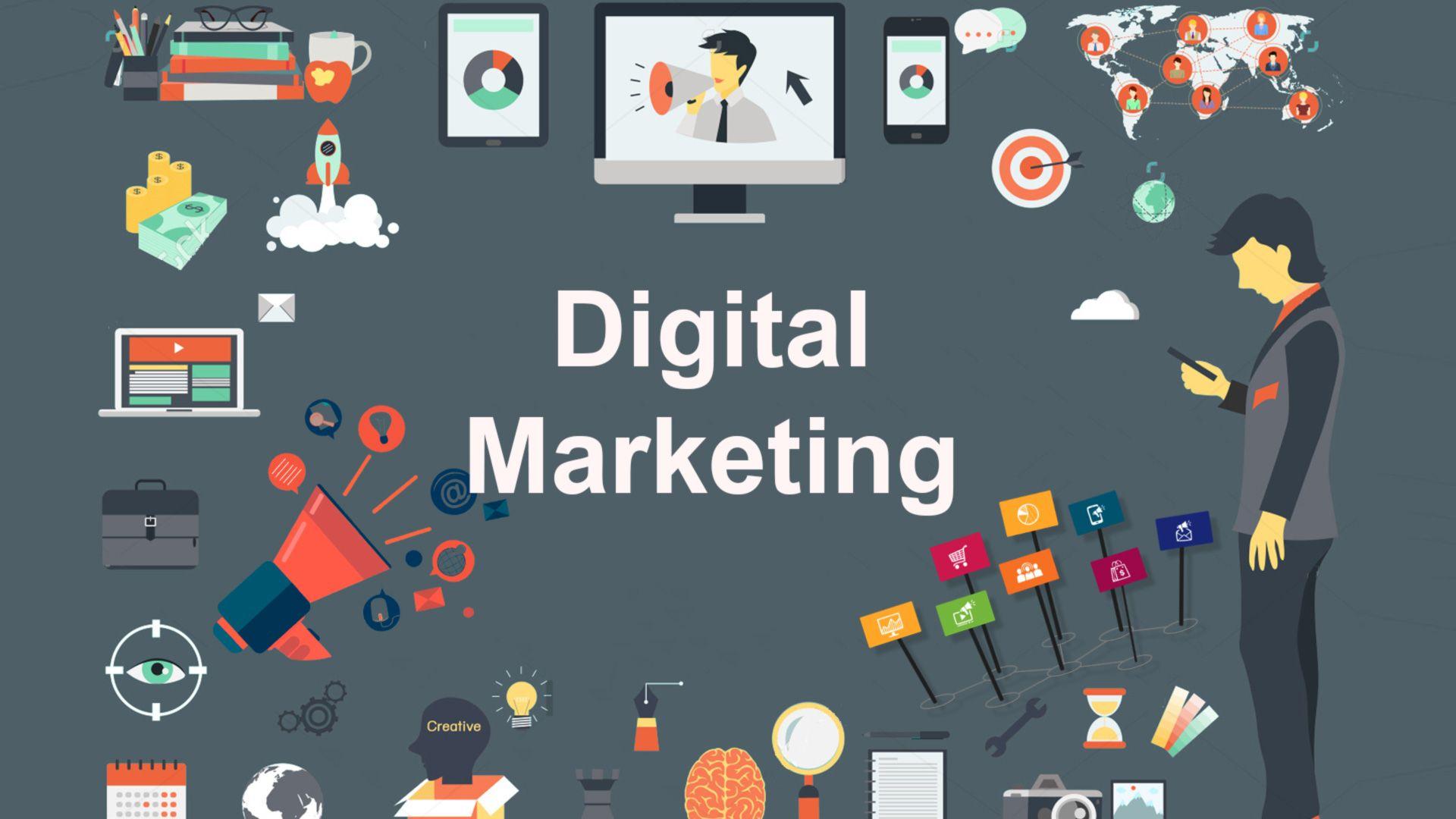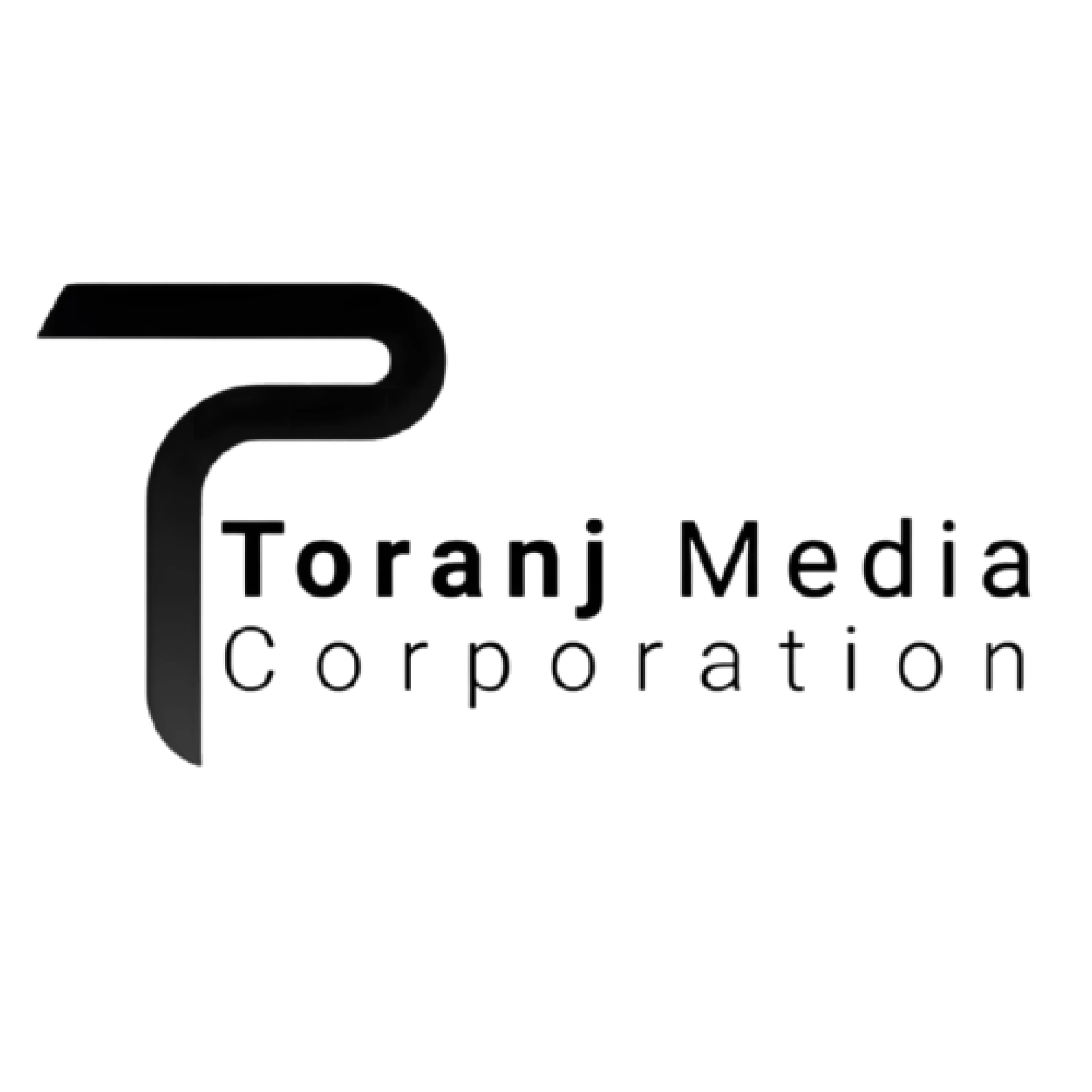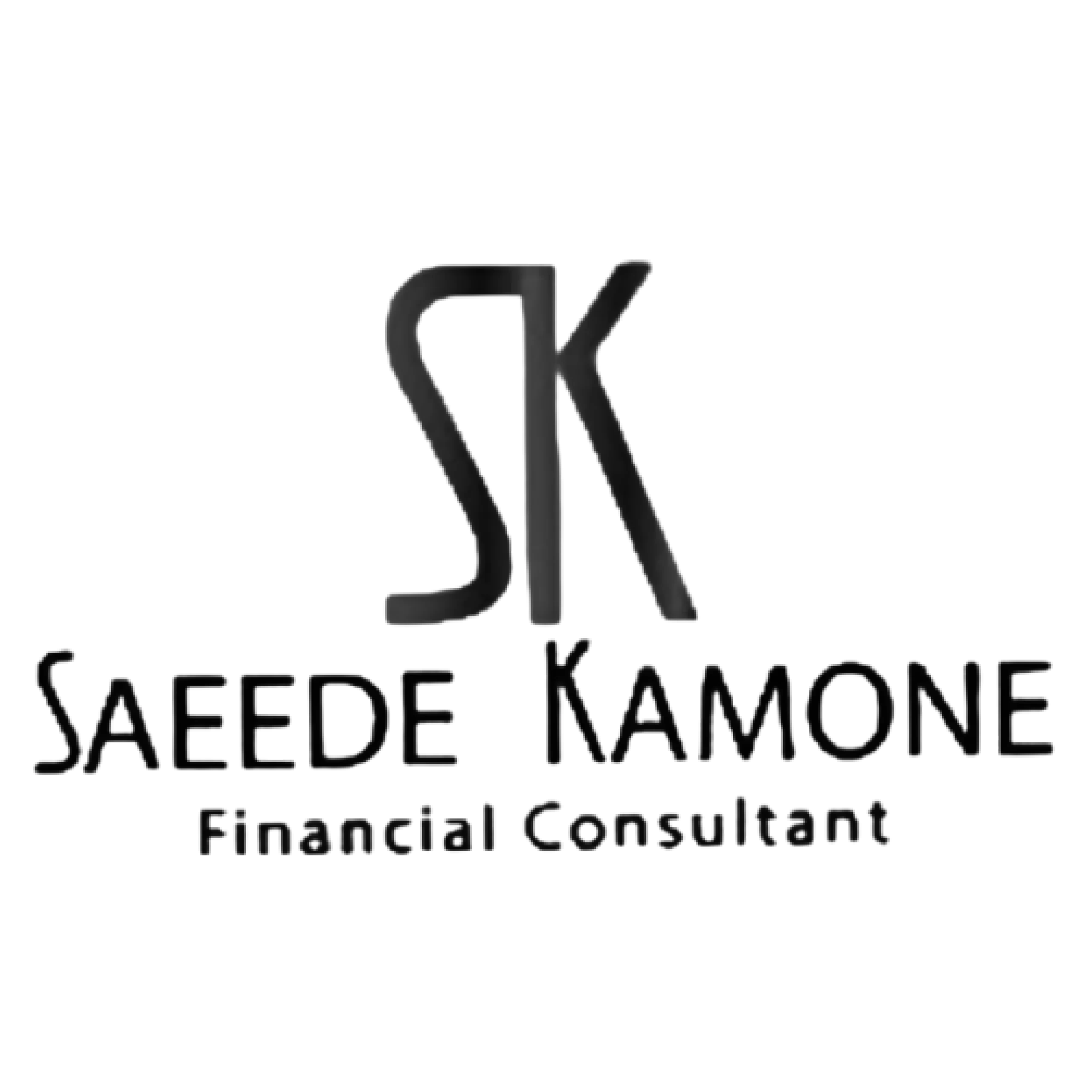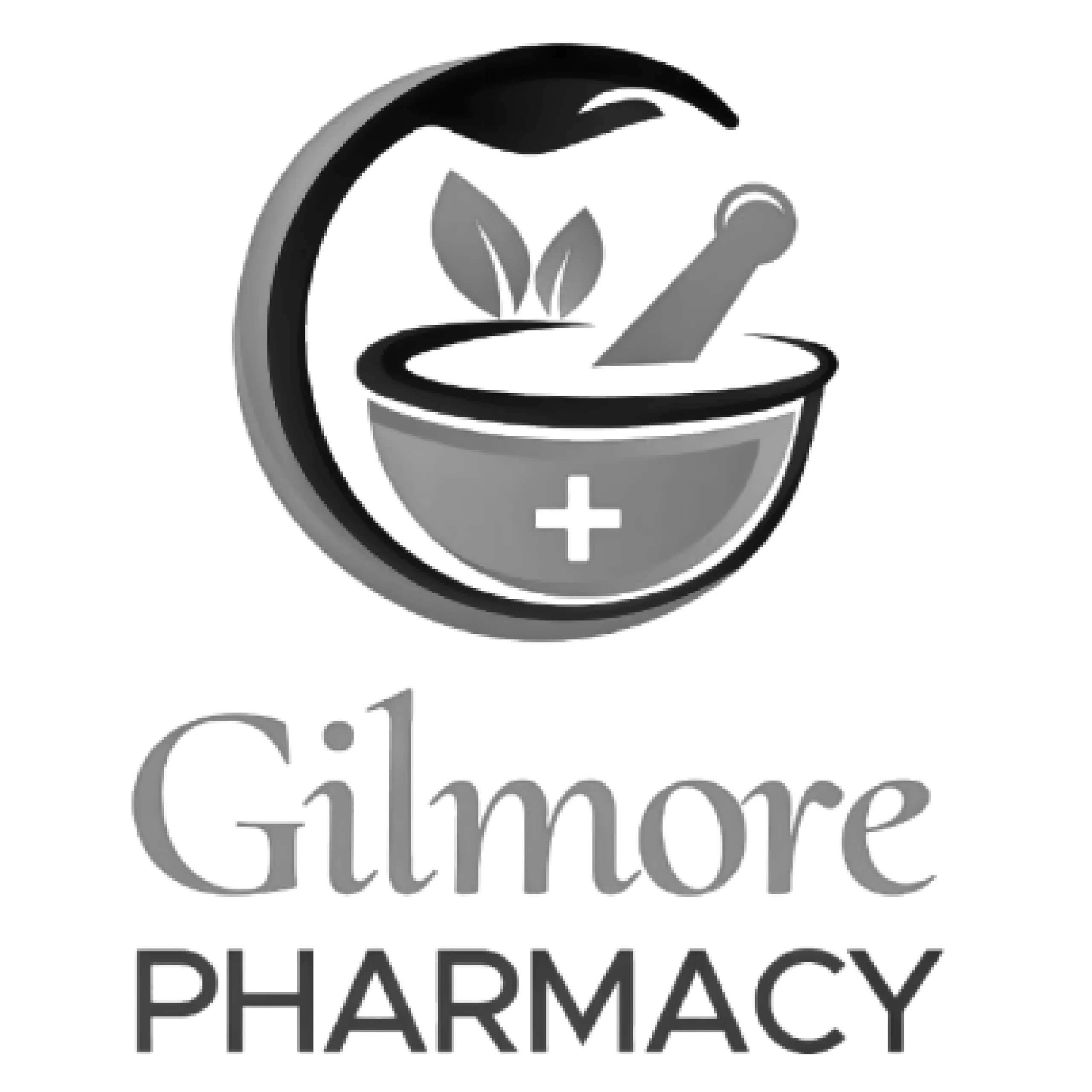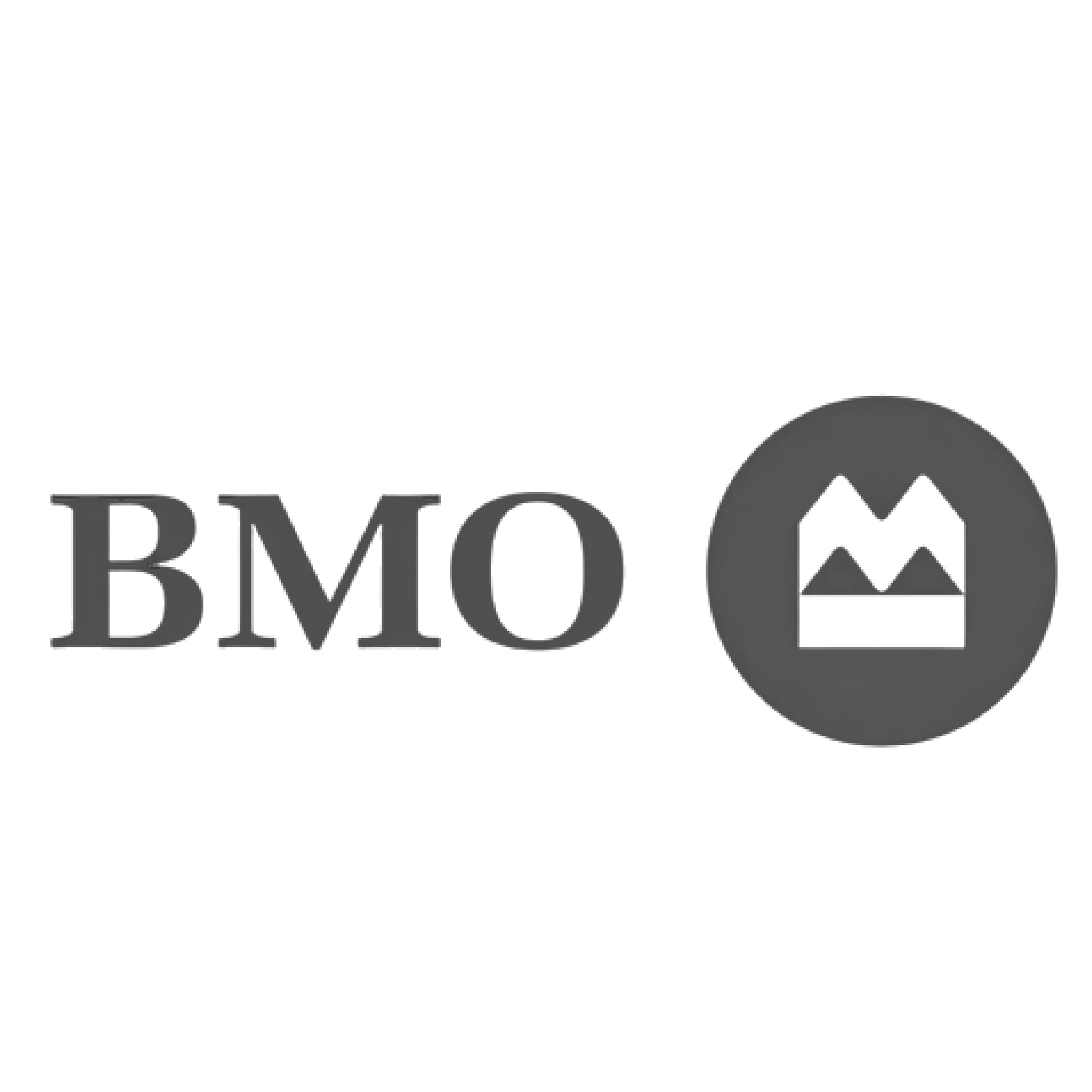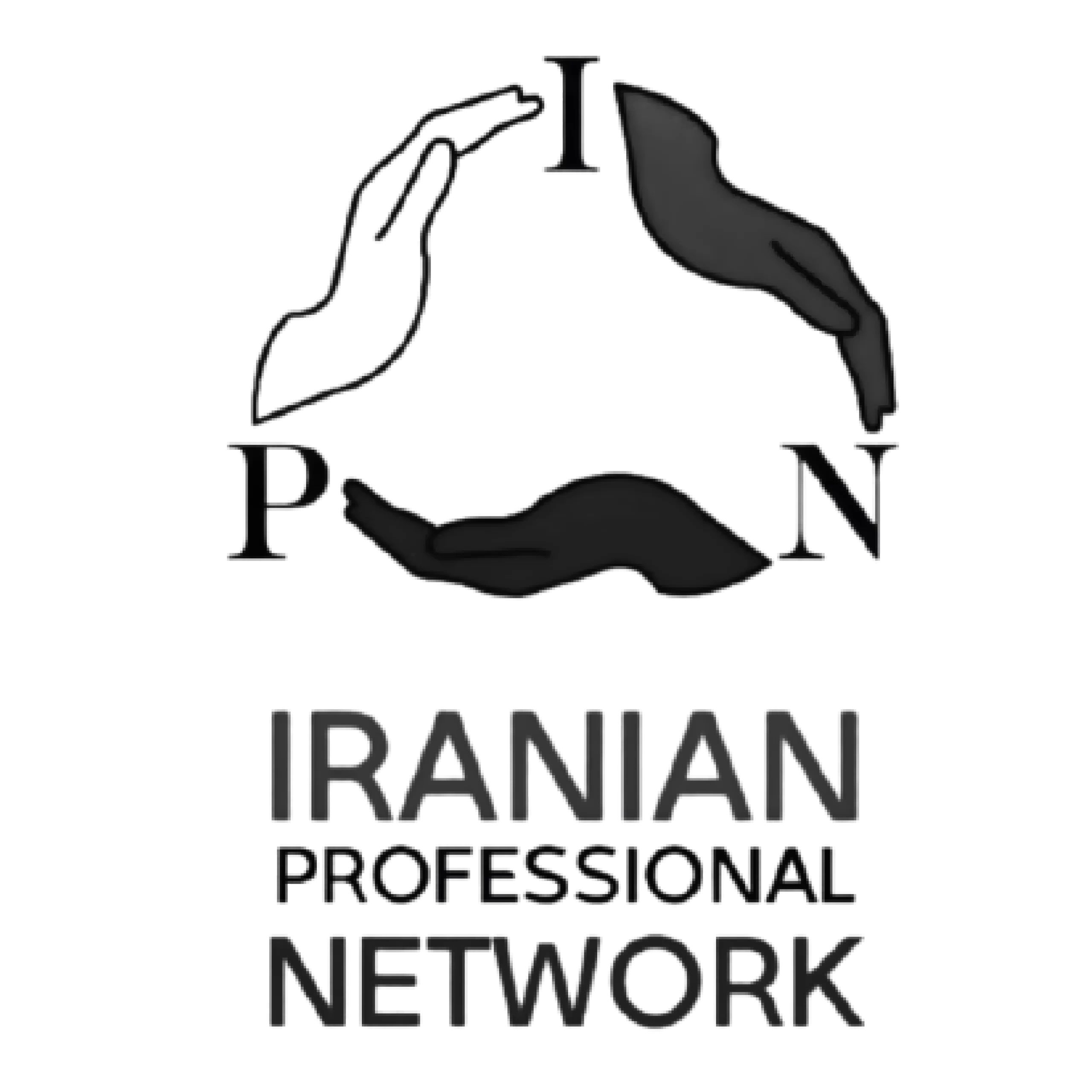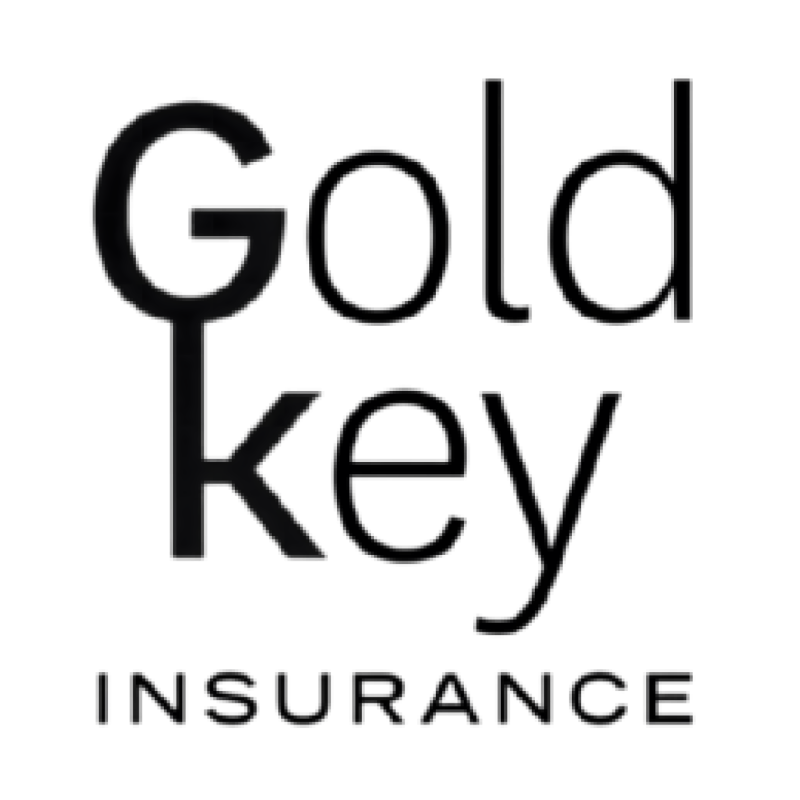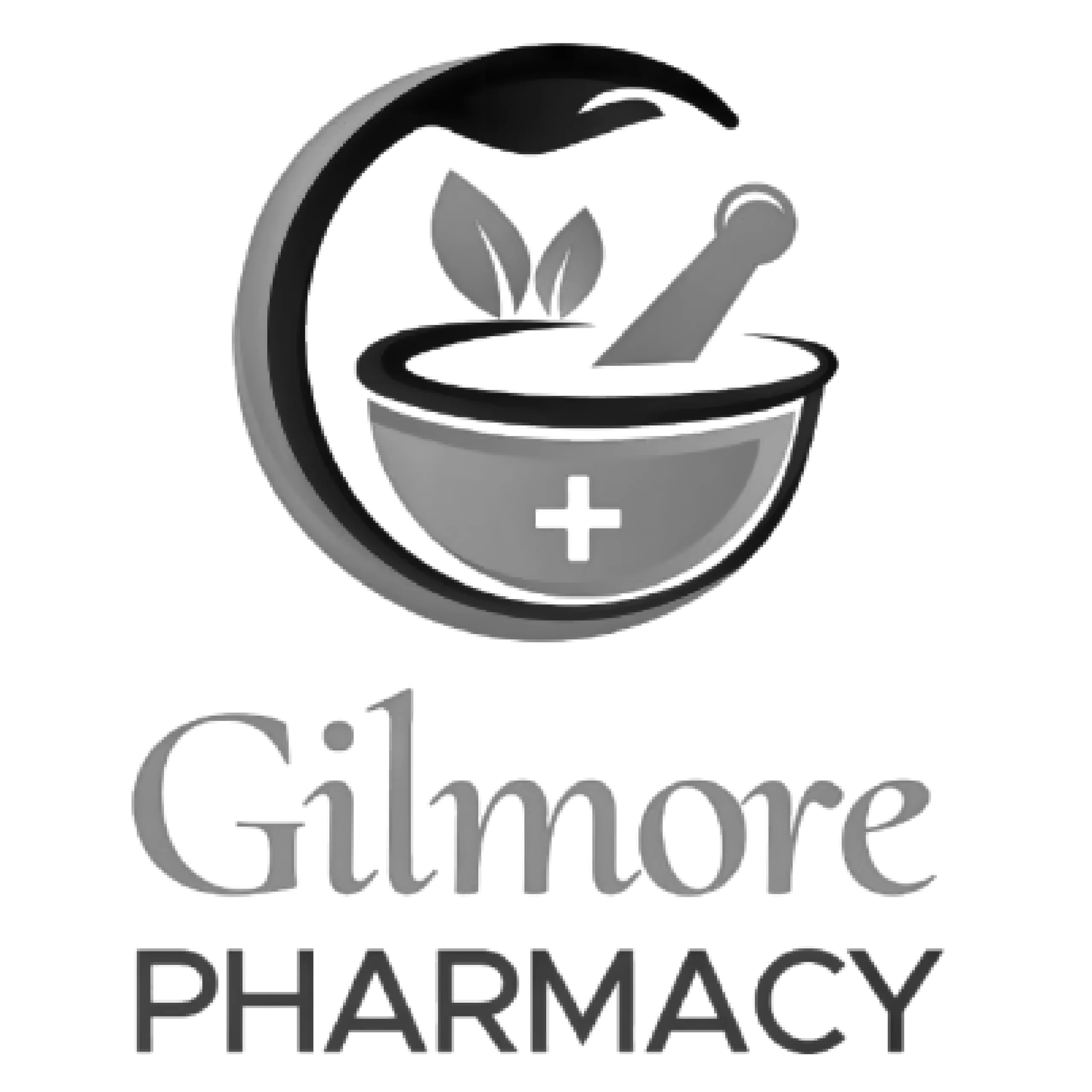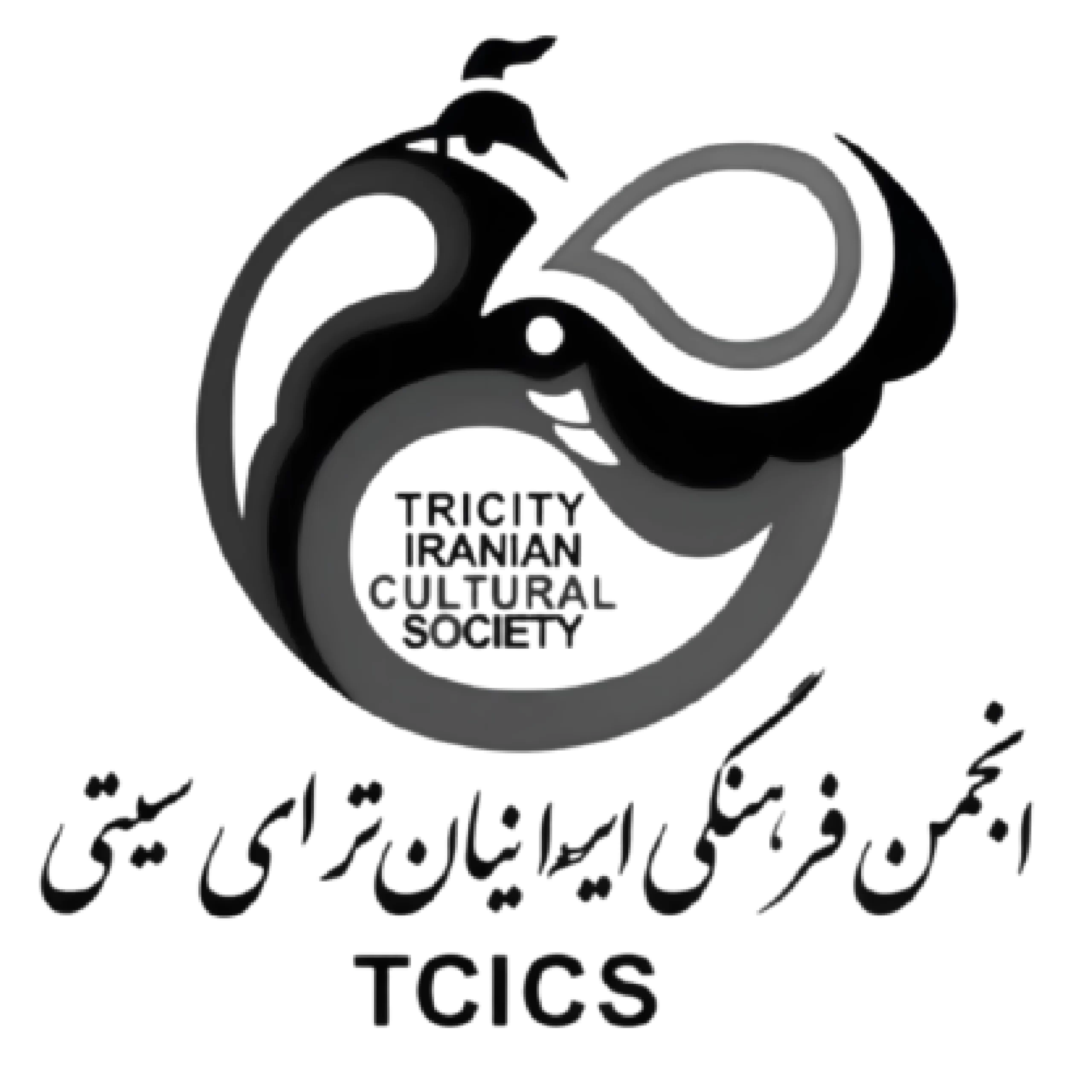In the expansive world of marketing, digital advertising has become a cornerstone for businesses aiming to reach and engage with their target audiences effectively. This beginner’s guide outlines the fundamental concepts, strategies, and key components of digital advertising, providing a foundational understanding for those new to the realm of online marketing.
1. Understanding Digital Advertising:
What is Digital Advertising?
– Digital advertising refers to promotional messages delivered through digital channels such as websites, social media platforms, search engines, mobile apps, and email. It encompasses various formats to reach and influence target audiences.
The Significance of Digital Advertising:
Broader Reach and Targeting:
– Digital advertising enables brands to reach a larger and more specific audience compared to traditional advertising channels. It allows precise targeting based on demographics, interests, behaviors, and more.
Measurability and Analytics:
– Digital advertising provides robust analytics and measurement tools, allowing marketers to track performance metrics in real-time and make data-driven decisions for optimization.
2. Key Components of Digital Advertising:
Types of Digital Advertising:
– Search Engine Marketing (SEM): Involves paid advertisements that appear on search engine results pages (SERPs), usually in the form of text ads triggered by specific keywords.
– Display Advertising: Utilizes banners, images, videos, or interactive media to display ads on websites, apps, or social media platforms.
– Social Media Advertising: Advertisements displayed on social media platforms like Facebook, Instagram, Twitter, LinkedIn, etc., targeting specific user demographics or interests.
– Video Advertising: Ads incorporated into video content on platforms like YouTube, streaming services, or social media.
– Native Advertising: Seamlessly integrates into the form and function of the platform where it appears, resembling organic content.
– Email Marketing: Sending targeted promotional messages or ads directly to users’ email inboxes.
Ad Formats:
– Text Ads: Simple text-based ads often seen in search engine results or contextual placements.
– Image Ads: Static visual advertisements showcasing products, services, or messages.
– Video Ads: Engaging ads in video format ranging from short clips to longer narratives.
– Carousel Ads: Multi-image or multi-video formats allowing users to swipe through various images or videos in a single ad unit.
– Interactive Ads: Engaging and interactive formats encouraging user interaction or participation.
3. Strategies for Effective Digital Advertising:
Targeted Audience Segmentation:
– Identify and segment the target audience based on demographics, interests, behaviors, and other criteria to tailor ad campaigns more effectively.
Compelling Ad Content:
– Craft engaging and relevant ad content that resonates with the audience, evokes emotions, and encourages action.
Optimization and Testing:
– Continuously test and optimize ad creatives, messaging, targeting parameters, and placement to improve performance and ROI.
Budget Allocation and Bidding Strategies:
– Allocate budgets strategically across different ad platforms and campaigns. Utilize appropriate bidding strategies (e.g., cost-per-click, cost-per-impression) based on campaign objectives.
4. Measurement and Analytics:
Key Performance Indicators (KPIs):
– Monitor KPIs such as click-through rates (CTR), conversion rates, return on ad spend (ROAS), cost per acquisition (CPA), and engagement metrics to evaluate campaign effectiveness.
Conversion Tracking:
– Implement conversion tracking to measure actions taken by users after interacting with ads, such as purchases, sign-ups, or downloads.
Analytics Tools:
– Utilize analytics platforms and tools provided by advertising platforms (e.g., Google Analytics, Facebook Ads Manager) to gather insights and make informed decisions for optimization.
5.Ad Policies and Regulations:
– Adhere to advertising guidelines, policies, and regulations set by advertising platforms and relevant authorities to ensure compliance and prevent ad disapproval.
Conclusion:
Digital advertising serves as a dynamic and powerful tool for marketers to connect with their target audience, drive engagement, and achieve marketing objectives. By understanding the fundamental components, leveraging various ad formats and platforms, implementing targeted strategies, and measuring performance, businesses can maximize the potential of digital advertising to effectively reach and influence their audience in today’s competitive digital landscape.

